
Henry Lehrmann with a folding camera (probably a Premo Pony) in ‘Making a Living’ (Lehrman, 1914), Charlie Chaplin’s first movie
On Sunday I travelled up to the historic village of Lacock to give a talk about the way photography has been depicted in the movies, discussing over 100 films from 1914 (above) to the present day. My talk was delivered in the village hall, just a few hundred yards from Lacock Abbey where William Henry Fox Talbot produced the earliest surviving photographic negative in the summer of 1835.
My talk looked at the way photography has been portrayed in the movies, focussing on three main areas : 1) hardware – trying to identify the cameras used, and discussing the accuracy of the models 2) processes – were the film-makers interested in the working methods of photographers, such as as how to hold and shoot a camera, or darkroom techniques? 3) the photographer as a personality – how do the movies portray photographers as people? are their characters generally positive or negative? has the pattern changed over the decades?
The talk took a roughly chronological approach, but was arranged thematically too, with sections discussing different categories of photographer: the amateur (including spies and criminals), commercial worker (portrait studio, glamour), press – both paparazzi and investigative reporters – with a special slot for war journalism.
Dozens of film stills and clips were shown, and a handout listed over 140 movies, with details of the character, actor and camera. The list was by no means exhaustive – there are another thirty odd films in my notes still to be added, and two more films occurred to me while driving to Lacock!
Although due space was given to iconic films such as ‘Rear Window’ and ‘Blow Up’, I really wanted to showcase as many lesser-known movies as possible.
The sheer range of movies and variety of photographic activities made for a colourful presentation – although few of my photographers were dressed quite as colourfully as Ursula Andress here.
Like the camera above – from ‘Rear Window’ (Hitchcock, 1954) – all good things must come to an end, and I wound things to a close after speaking for over ninety minutes, far longer than intended.
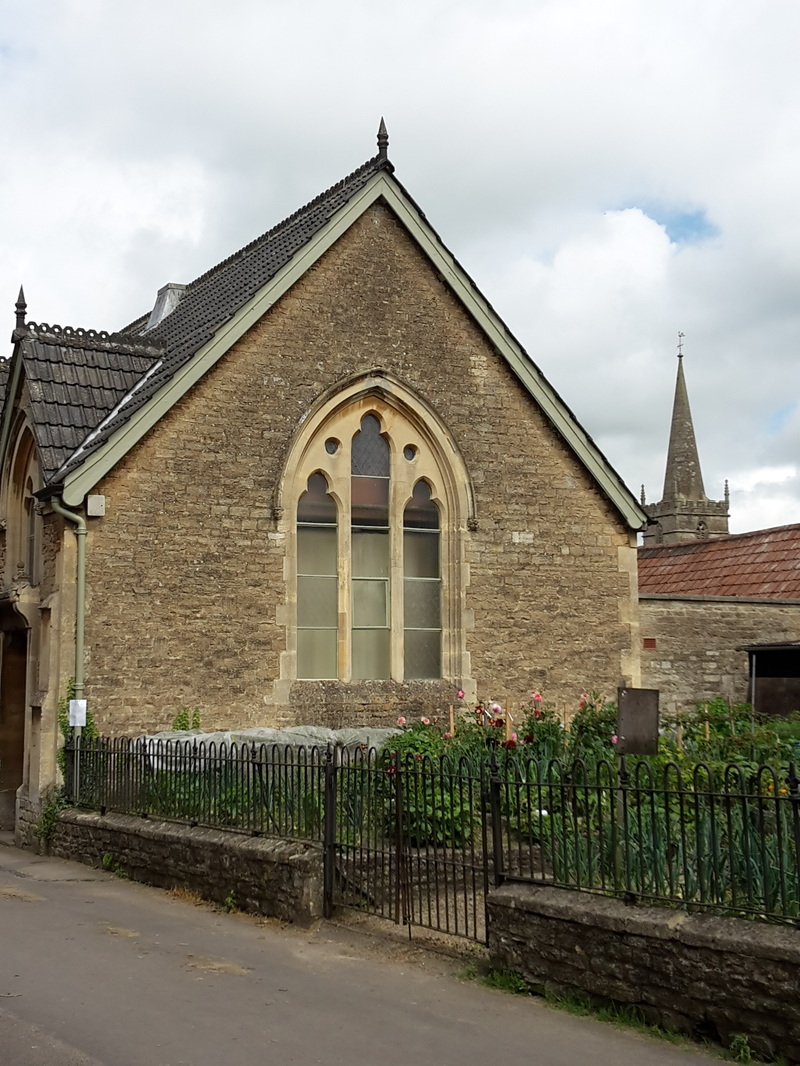


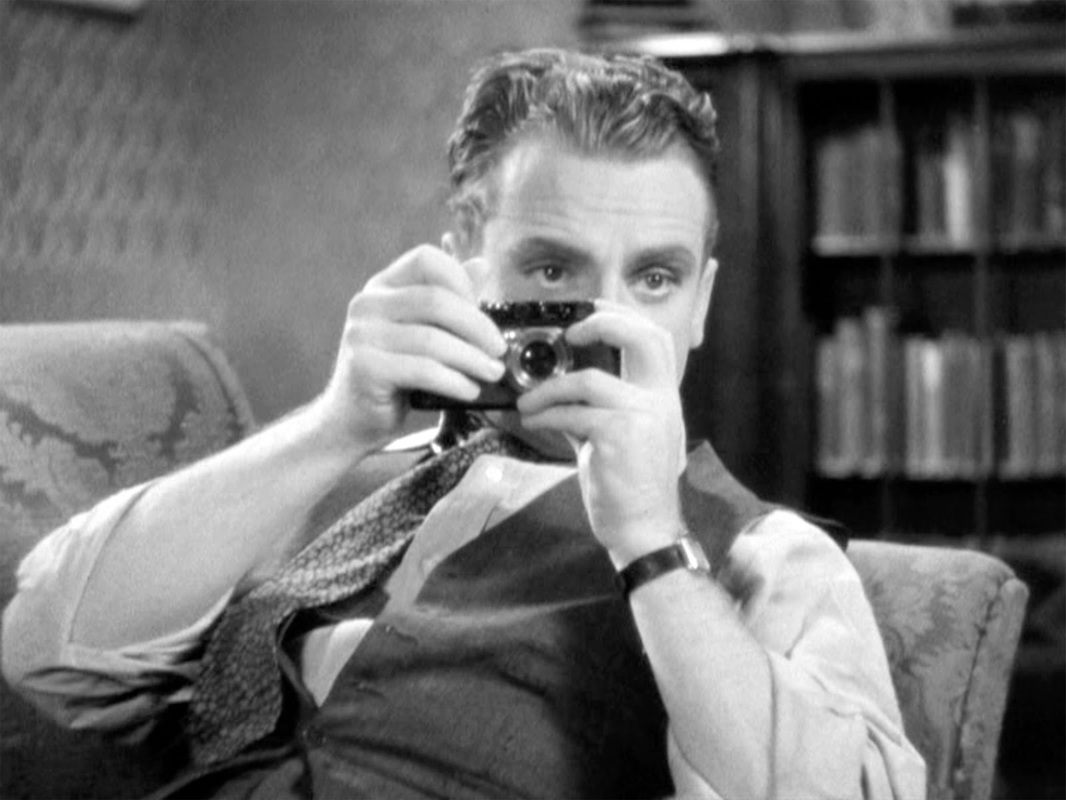
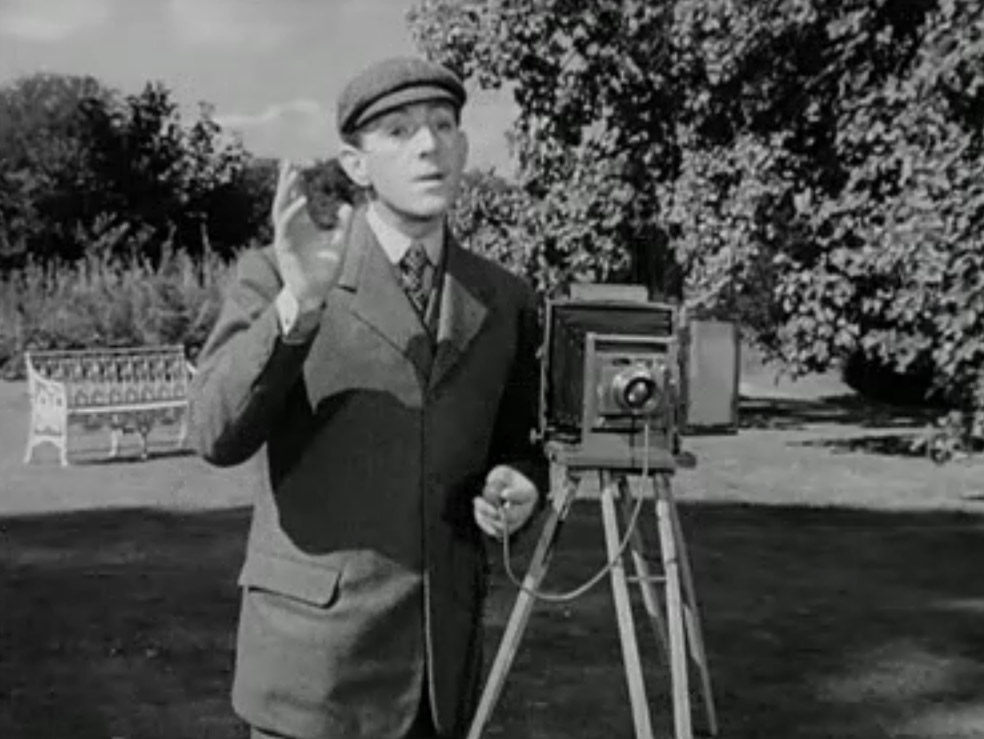
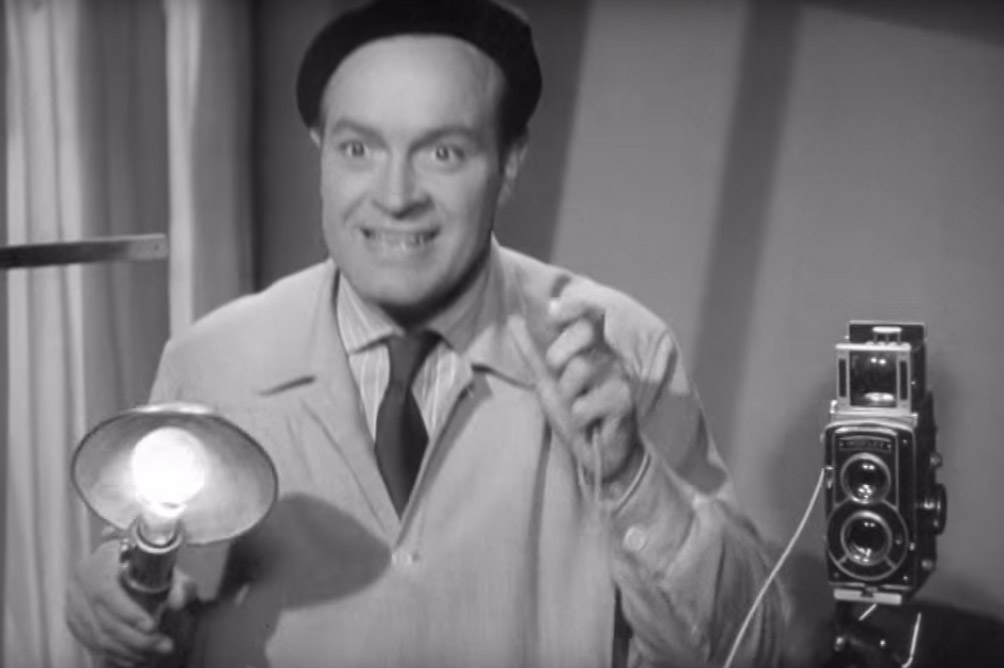

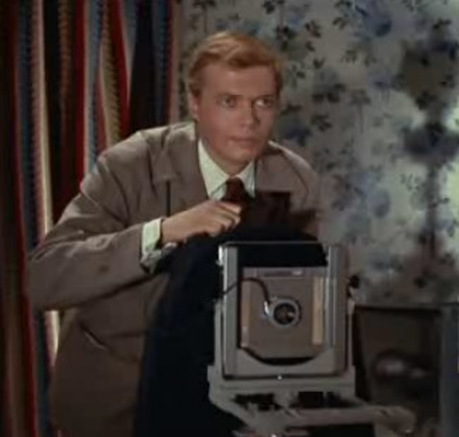
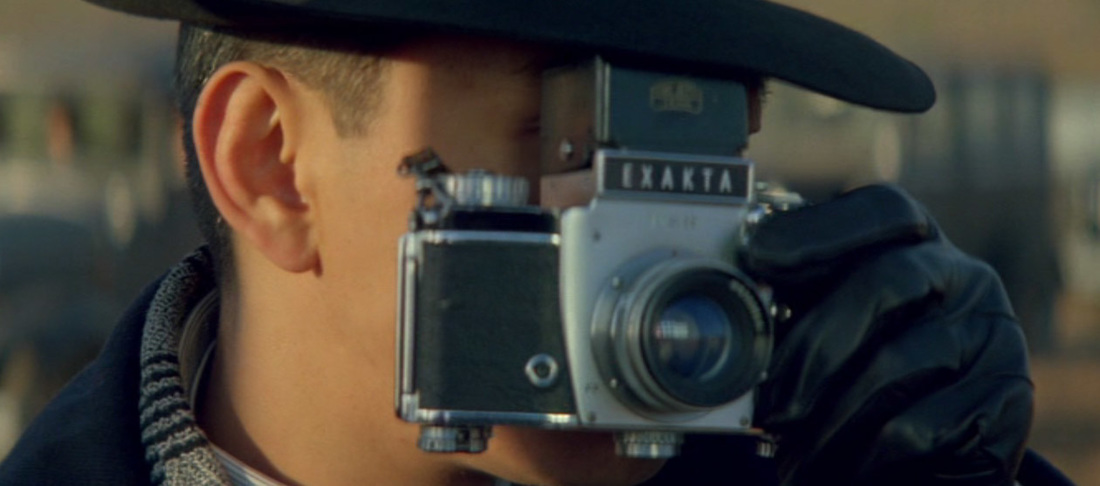
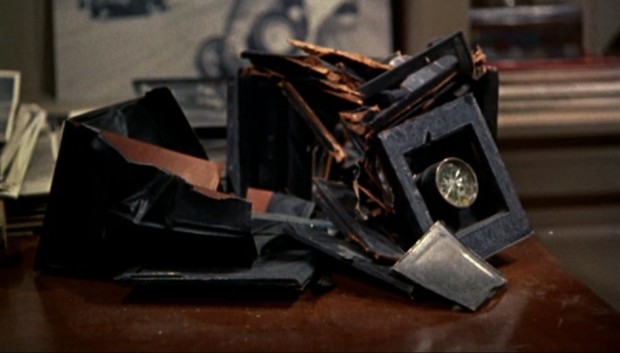
Don’t get me wrong, HDR photos are great for landscapes, daylight portraits, and great for fighting low-lighting. But when there’s high movement or vivid colors going on, you might want to just try it vanilla.